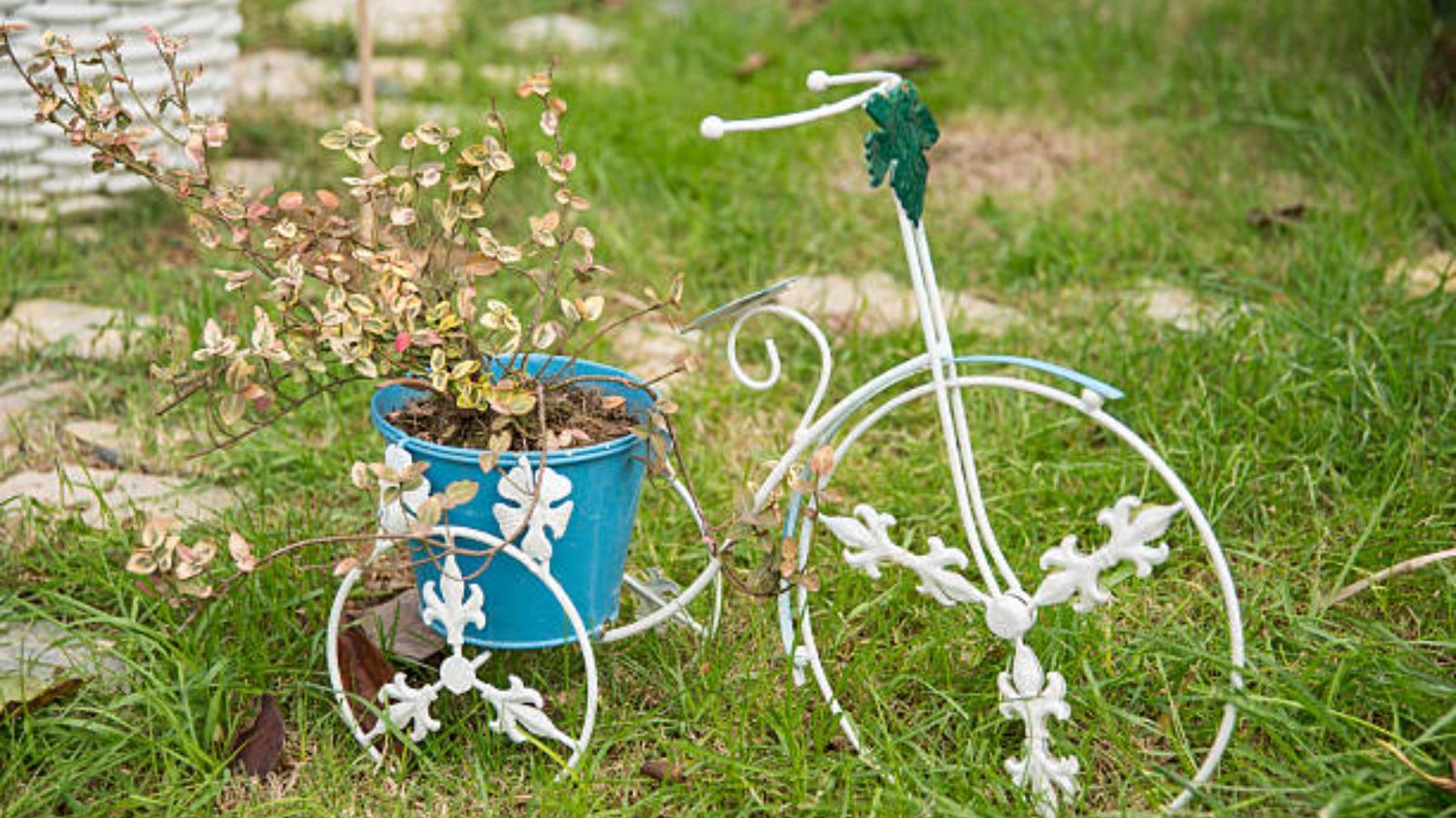Introduction
Metal pots can easily add an industrial or rustic touch to your garden or your home interiors. However, many people wonder if they can plant directly in a metal pot or if they need to use a liner or a plastic container. In this article, we will explore the pros and cons of planting directly in a metal pot and provide you with tips on how to succeed.
Pros of Planting Directly in a Metal Pot
If you decide to plant directly in a metal pot, you can enjoy several benefits:
- Drainage: Metal pots usually have drainage holes, which allow excess water to escape, preventing root rot and other problems caused by waterlogged soil.
- Stability: Metal pots are heavy and have a low center of gravity, which means they are less likely to tip over in windy conditions or when plants become top-heavy.
- Durability: Metal pots are resistant to weathering, rust, and degradation, which means they can last for years without losing their shape or functionality.
Cons of Planting Directly in a Metal Pot
However, planting directly in a metal pot also has some disadvantages:
- Heat retention: Metal pots can absorb and retain heat, which can cause the soil to dry out more quickly and stress the plants, especially during hot weather.
- Corrosion: If the metal pot is made of a reactive metal, such as iron or copper, it can corrode over time, leaching harmful chemicals into the soil and harming the plants.
- Conductivity: Metal pots can conduct electricity, which can be dangerous if you are planting near electrical outlets or exposed wires.
How to Plant Directly in a Metal Pot
If you want to plant directly in a metal pot, you need to follow a few steps:
- Choose the right metal: Select a metal pot that is made of a non-reactive material, such as stainless steel, galvanized steel, aluminum, or zinc.
- Prepare the pot: Before you start planting, scrub the pot with a mild soap and water to remove any dirt, debris, or rust. If the pot has any sharp edges or rough spots, file them down to avoid damaging the plant's roots.
- Add drainage: If the pot doesn't have drainage holes, drill a few holes at the bottom using a drill bit or a nail. You can also add a layer of rocks or gravel at the bottom to improve drainage.
- Add soil: Fill the pot with a high-quality potting soil mix that is suitable for your plants. Make sure the soil is loose and well-draining, and leave some space at the top to avoid spillage when watering.
- Plant: Place your plants in the pot, making sure they are centered and their roots are covered with soil. Pat the soil gently to remove any air pockets, and water thoroughly.
- Maintain: Monitor your plants regularly and water them as needed, depending on their moisture requirements and the weather conditions. Keep an eye out for signs of stress, pest infestations, or diseases.
Alternatives to Planting Directly in a Metal Pot
If you are unsure about planting directly in a metal pot or if you want to avoid the potential problems, you can consider using these alternatives:
- Liners: You can line your metal pot with a plastic or fabric liner that fits snugly into the pot and creates a barrier between the soil and the metal. This can help retain moisture, prevent corrosion, and make it easier to switch plants or relocate the pot.
- Decorative planters: You can use your metal pot as a decorative outer shell and place a smaller plastic or ceramic planter inside. This can give you the best of both worlds – the aesthetic appeal of the metal pot and the practical benefits of a non-reactive and insulated container.
Conclusion
Planting directly in a metal pot can be a worthwhile endeavor if you choose the right material, prepare the pot properly, and follow the right techniques. However, it also has some drawbacks that you need to be aware of, such as heat retention and corrosion. Ultimately, the choice depends on your preferences, circumstances, and the specific plants you want to grow.

